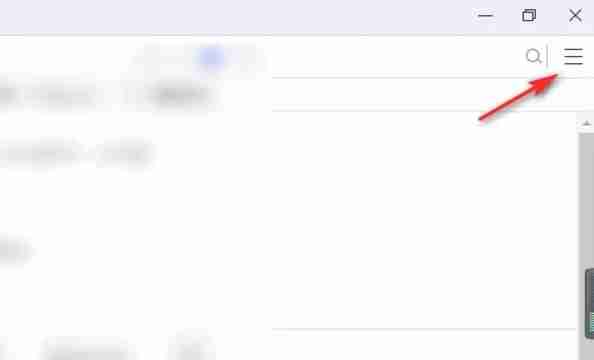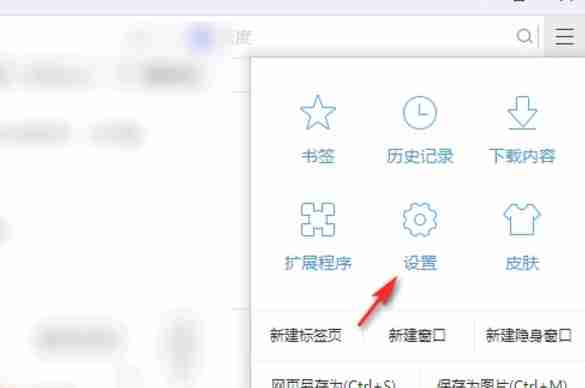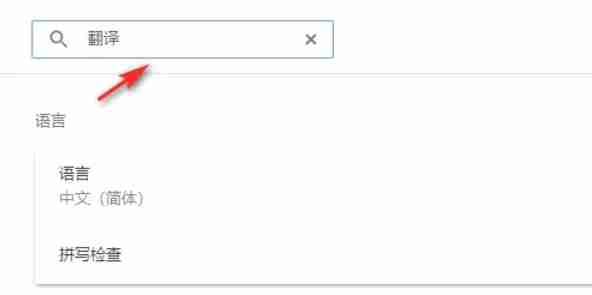AI-Optimized Content for Top Google Rankings
Unlocking the Power of Google Chrome's Translation Features: A Comprehensive Guide
This guide provides a step-by-step walkthrough on how to seamlessly translate web pages using Google Chrome's built-in translation tools. Mastering these techniques will eliminate language barriers and enhance your multilingual browsing experience.
Step 1: Accessing the Settings Menu
Locate and click the Chrome menu icon (usually three vertical dots or three horizontal lines) in the upper right-hand corner of your browser window.

Step 2: Navigating to Settings
In the dropdown menu, select "Settings." This will open Chrome's settings page.

Step 3: Locating Translation Settings
At the top of the Settings page, you'll find a search bar. Enter "Translate" or "Languages" to quickly find the relevant settings.

Step 4: Accessing Language Settings
You should see a section labeled "Languages" or "Translation services." Click on this option.
Step 5: Managing Languages
This section displays a list of languages supported by your browser. You can add new languages or manage existing ones using the provided options (e.g., "Add languages").

Step 6: Enabling Automatic Translation
Crucially, locate the setting labeled "Offer to translate pages that aren't in a language you read." Ensure this option is enabled. With this activated, Chrome will automatically prompt you to translate web pages written in languages other than your default browser language.
By following these steps, you can effectively leverage Google Chrome's powerful translation capabilities for a smooth and efficient multilingual browsing experience.
Latest Articles




![Taffy Tales [v1.07.3a]](https://imgs.anofc.com/uploads/32/1719554710667e529623764.jpg)


























